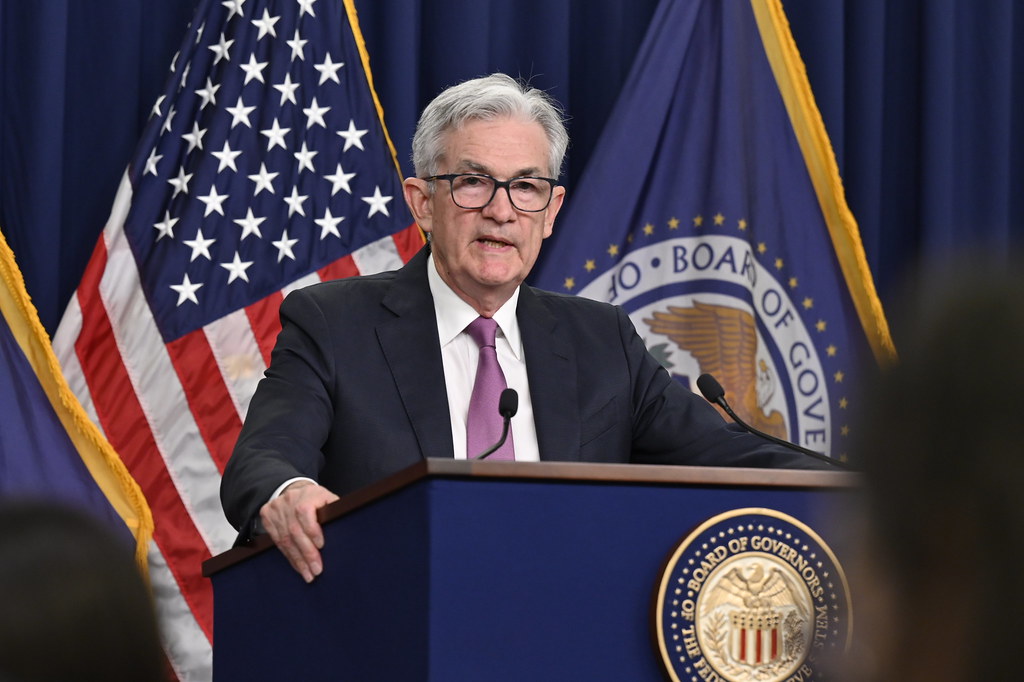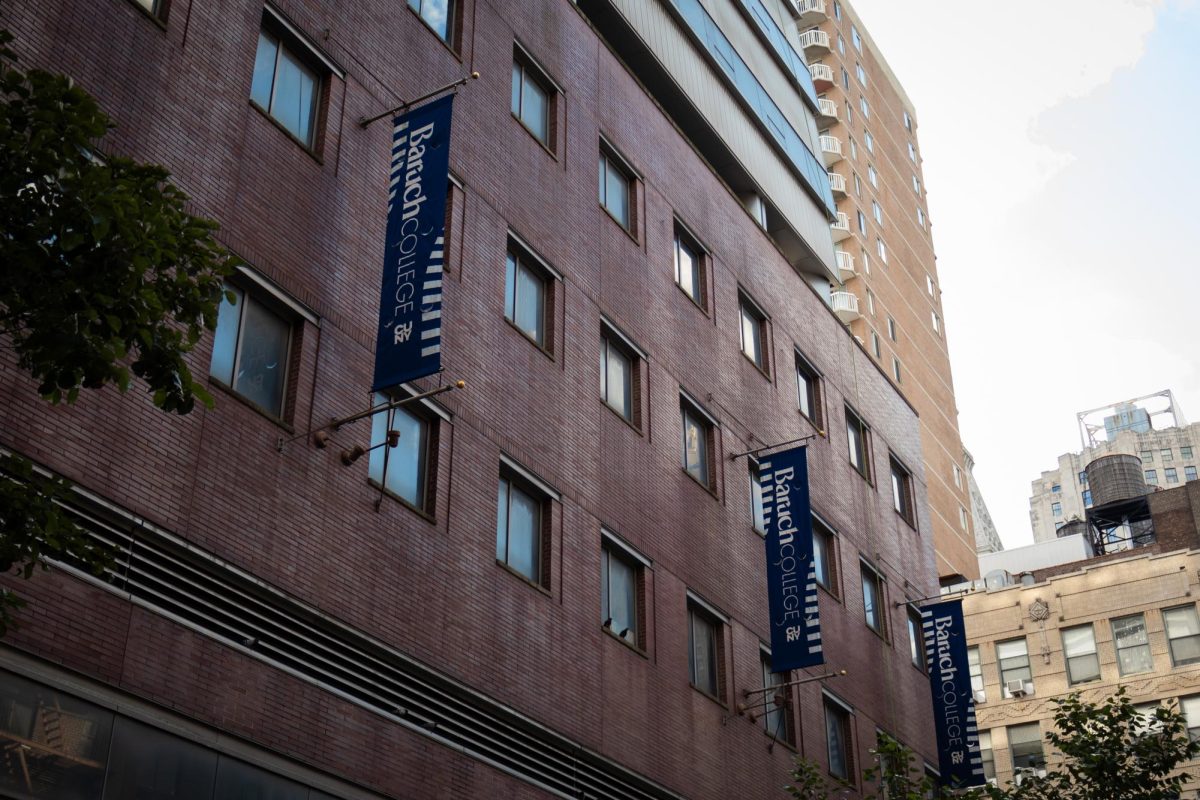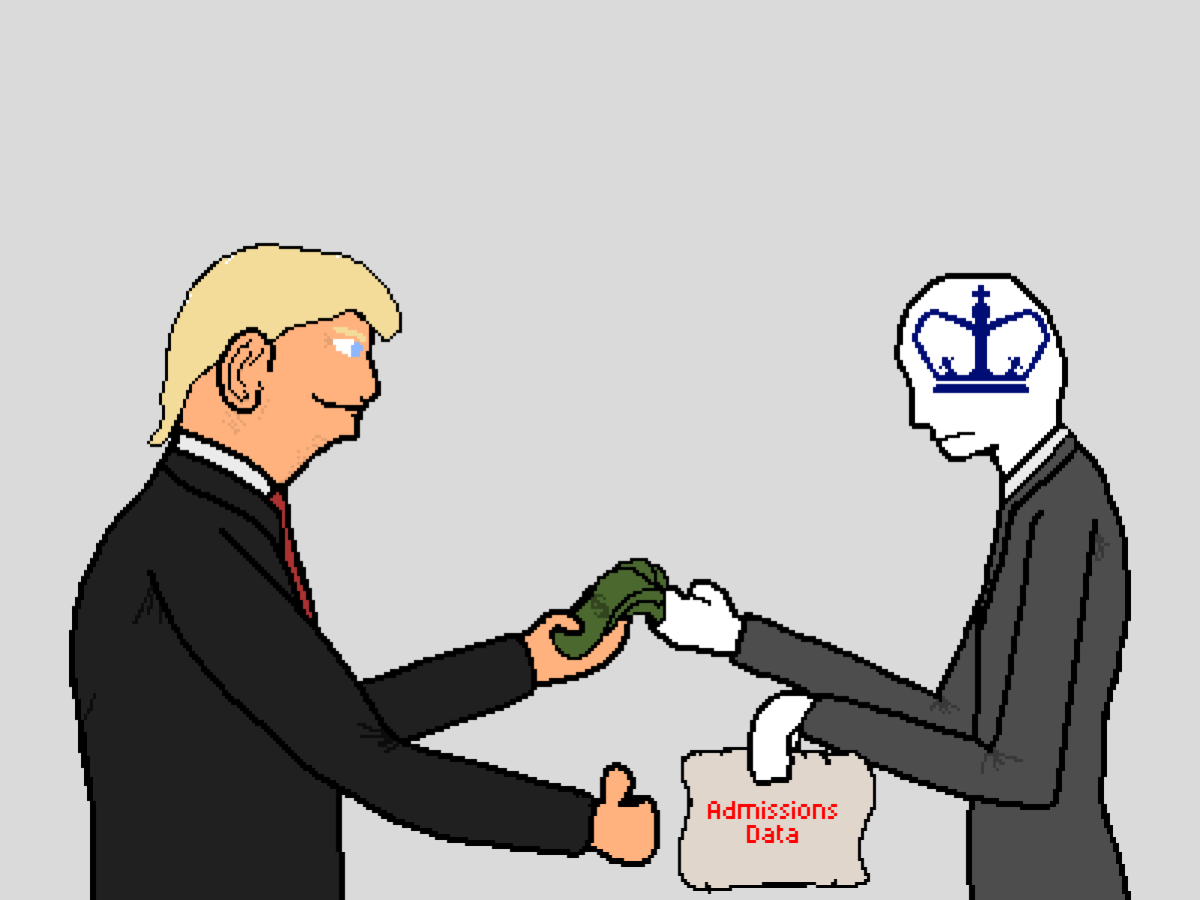President Donald Trump has been clamoring for rate cuts from the Federal Reserve since before he took office, and it seems he will finally be getting his wish. Data signals about the labor market, such as weak monthly job growth and rising unemployment claims, have shifted attention from inflation to unemployment.
The Fed’s recent quarter point rate cut after a nine-month hiatus suggests the possibility of more cuts this year. Cutting interest rates is the main way for the Fed to encourage investment and spending, which typically leads to job creation and lower unemployment. While lowering rates incentivizes businesses to invest more and reduces borrowing costs for consumers, they can’t mitigate the effects of Trump’s signature policies, which are causing economic trouble.
Trump’s tariff crusade has been a serious detriment to the economy thus far. While increased tariffs on all manner of goods have not had a meaningful effect on inflation so far, the mass uncertainty created by Trump’s back-and-forth tariff has made it very difficult for many businesses to know where or how to invest their capital.
While we are far from the levels of uncertainty the economy faced in the wake of Liberation Day, Trump has proven to be unpredictable. Looser monetary policy is unlikely to solve the problem of any investment being turned from amazing to awful by a single Truth Social post.
Immigration crackdowns cause more problems. Many important sectors of the U.S. economy heavily rely on immigrant labor, much of it from people without full legal status in the country. According to Urban Institute, immigrants made up 23% of the construction workforce in 2023, with an estimated half of those workers identifying as undocumented. The Fed likely hopes that lower rates might spur construction in the housing sector, but if U.S. Immigration and Customs Enforcement can sweep up entire crews in the blink of an eye, companies will hold their cash.
Then there remains the possible risks of higher inflation if rate cuts are too aggressive. Cutting rates before their long-term impact on prices is known could prove to be a costly mistake. Many companies have been living off pre-tariff inventory for most of the year, and as that supply dries up, price increases could accelerate.
The Fed could end up with even higher inflation, which has already been running above its 2% inflation target for years.
It’s important to acknowledge that while rate cuts seem unlikely to give a significant boost to the economy, the chances of it hurting the economy are even lower. Barring upticks in inflation, it is a sound move from the Fed to start cutting rates now, aiming to help cultivate a better economic environment in the long term.
What would really help the economy move forward now would be for Trump to pack up his three-ring tariff circus and focus his immigration crackdown on violent criminals instead of peaceful, hardworking people. If the economy continues down the treacherous path laid before it, the president may soon learn that there are problems even money cannot fix.








